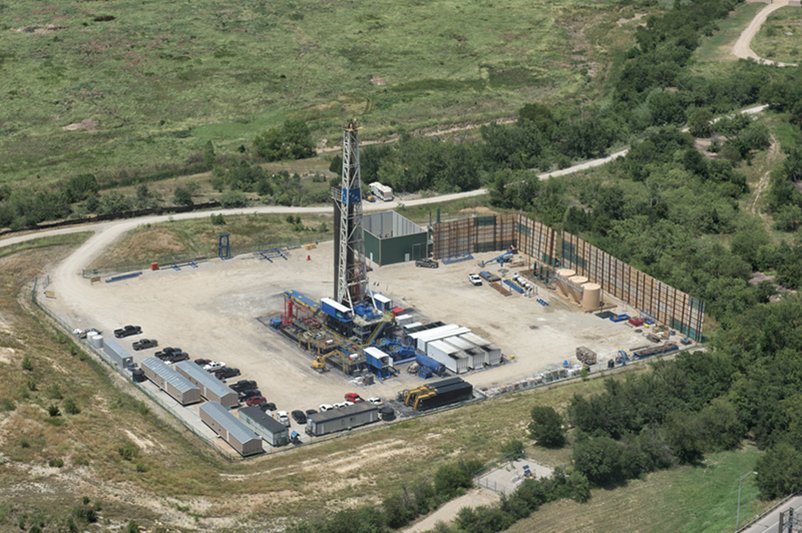All You Need to Know Concerning Hydraulic Fracturing

Hydraulic Fracturing or Fracking is a well stimulation technique whereby rock cracking is done using liquids that are injected with very high pressures. Due to the advantages associated with it, many miners prefer Hydraulic Fracturing than conventional horizontal drilling. When mining is done, injection of high pressured liquid is done on the rocks so as they can open up.
In most cases, this fluid is made up of water, sand and other suspended proppant materials. According to MG Brian fracking professionals, it is this cracking that allows for the free flow of petroleum products such as natural gas, brine, and crude oil. On the other hand, there are many regulations that have been put in place to regulate this mining process. They have been put in place in order to make sure that the mining activities are safe for both human beings and animals as well as the environment.
One benefit that comes with fracking is the ability of the method to work in combination with horizontal drilling. One of the ways in which you can get proper information concerning Hydraulic Fracturing is by Visting MG Bryan well stimulators. There are some Fac Units Available that make the process cost effective and easy to administer. Units under fracking include.
Blenders and frac pumps.
Each area will have its own geographic characteristics. It is this fact that has made Frac Units manufacturers come with different HP-ratings on pumps. These are the devices that are used to force pressurized fluid into the rocks. They are used for sucking liquids from the underground to the ground level. Chemicals and slurries used in the process are mixed using the blenders.
Other Frac Units available include data and control centers where centralized monitoring of the entire process is done. Control centers facilitate backup, fracturing and treatment activities. Acidizing is another fracturing unit. It is in the acidizing unit where mixing of chemicals is done. There are other important units in the fracturing process such as chemical adding zones, offshore, support equipment and hydration. When all these units are integrated, they form the Hydraulic fracturing process.
Some of the major applications of Hydraulic Fracturing include water well production, block cave mining, foundations for dams, tunnels, and mines or rock stress determination, and conventional gas and oil mining. Sequestration or carbon capture and storage, coal mining, rock burst mitigation and coalbed methane development are other applications of fracking. For further details visit MG Bryan.
On the other hand, there are some concepts to be understood in this process. One such aspect is the amount or volume of injectate fluid required in order ensure flow rate is kept at a maximum. Injectate nature is the other aspect. Under injectate nature, the determination is done whether fracturing should be done using water or chemicals. Proppant determines for how long the crack will remain open. Whether there should be a crack or not, the pressure to be applied and fracture propagation are other aspects considered. Learn more here: https://en.wikipedia.org/wiki/Hydraulic_fracturing_by_country



